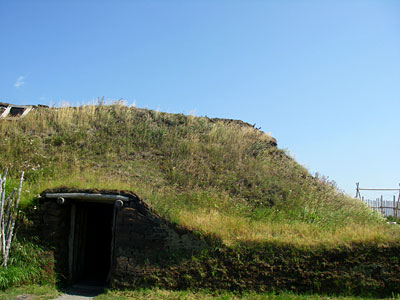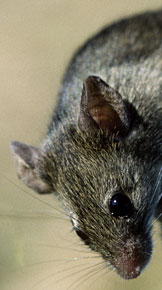Of mice and men: House mice used to track human migration
By Stacey Shackford

They may be small, but the information mice can convey about the movements of humans throughout history is mighty, according to a Cornell researcher.
Jeremy Searle, professor of ecology and evolutionary biology, explores the global distribution of small mammals and has found that house mice (Mus musculus) are ideal biomarkers of human settlement as well.
Where people go, so do mice, often stowing away in carts of hay or on ships. Despite a natural range of just 100 meters (109 yards) and an evolutionary base near Pakistan, the house mouse has managed to colonize every continent, which makes it a useful tool for researchers like Searle.

In a paper published March 19 in the online journal BioMed Central Evolutionary Biology, Searle and co-author Eleanor Jones of the University of York and Uppsala University, showed how mice hitched a ride with the Vikings and set up colonies in areas where the Norwegians settled, such as the British Isles, Faroe Islands, Iceland and Greenland.
Previous research conducted by Searle at the University of York supported the theory that Australian mice originated in the British Isles and probably came over with convicts shipped there to colonize the continent in the late 18th and 19th centuries.
He came to the conclusion by using evolutionary techniques to analyze mitochondrial DNA, comparing modern-day mouse populations from Australia with those from their likely regional source in Western Europe.
In the Viking study, he and his fellow researchers in Iceland, Denmark and Sweden took it a step further, using ancient mouse DNA collected from archaeological sites dating from the 10th to 12th centuries, as well as modern mice.
"The mice provided a genetic signature for where the Vikings went," Searle said. "By actually analyzing mice that date from the times of the movements that we were trying to make inferences about, it makes the scientific arguments even stronger; it substantiates what we have been inferring from our studies of modern mice."
Using mice as a proxy for human movement can add to what is already known through archaeological data and answer important questions in areas where there is a lack of artifacts, Searle said.
He is hoping to do just that in his next project, which involves tracking the migration of mice and other species, including plants, across the Indian Ocean, from South Asia to East Africa.
"Mice are living artifacts. They can tell us where people have moved in the same way a piece of pottery might tell us where an Etruscan merchant went. And because of the wealth of genetic data we can collect from mice, they might actually tell us much more than a piece of pottery," Searle said.
The study was funded by the European Union GeneTime and the Genetics Society.
Stacey Shackford is a staff writer at the College of Agriculture and Life Sciences.
Media Contact
Get Cornell news delivered right to your inbox.
Subscribe